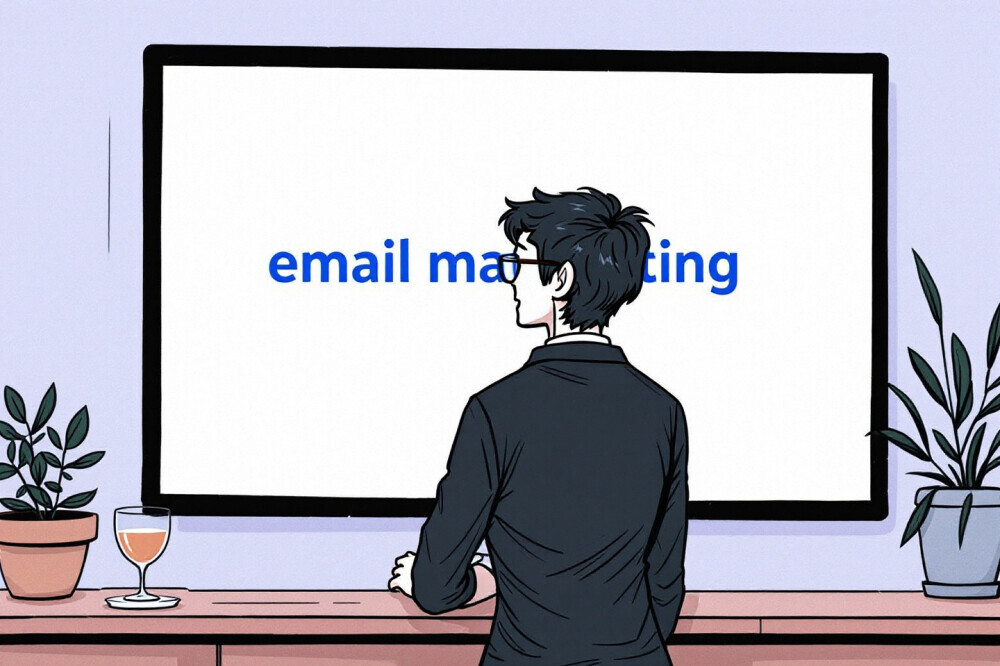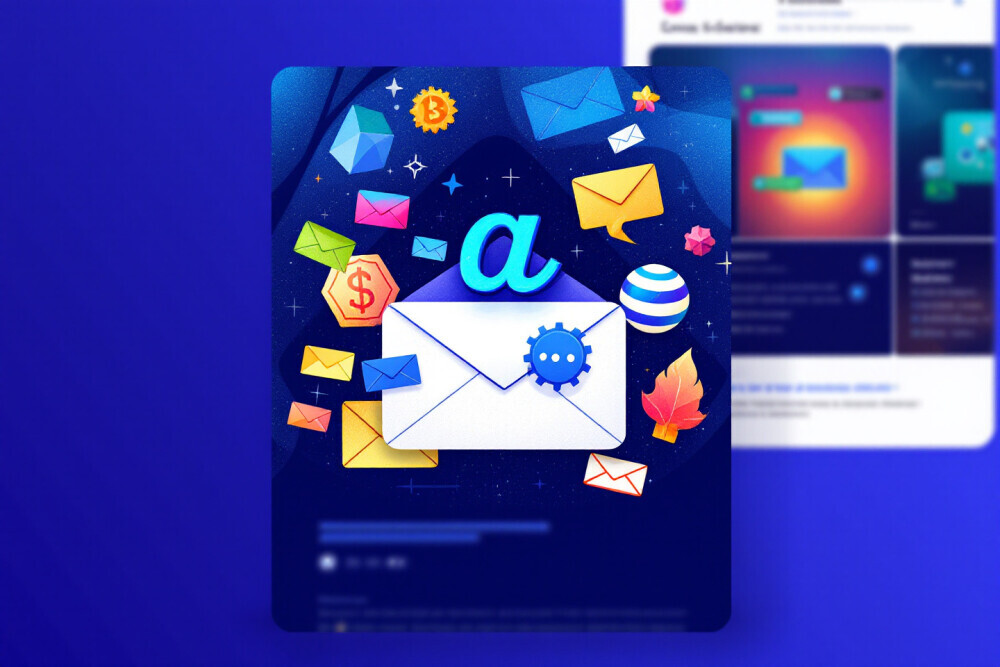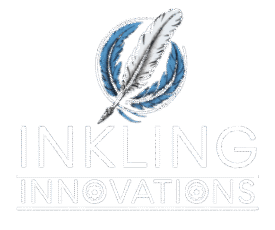Email Marketing Campaign Tips For Copywriting

Email marketing campaigns can be a bit like planning a party. You’ve got to know who you’re inviting, what you’re serving, and how you’ll get everyone excited to show up. Setting clear goals is the first step in the process. Whether it’s boosting sales, increasing website traffic, or simply staying connected with your audience, a defined goal keeps everything on track.
Understanding your audience is crucial. Take time to dig into who they are and what they need. This can make or break your campaign. Knowing whether your readers are busy professionals or tech-savvy teens will dramatically shape your content approach.
Every email has a few essential ingredients: a catchy subject line to grab attention, engaging body content to maintain interest and a single, clear call to action. This call helps guide your audience towards the desired action, like clicking through to your website or making a purchase.
Ever heard of the 80/20 rule? It’s about spending 80% of your time and resources on understanding your audience and only 20% on crafting the message itself. This rule emphasizes the importance of knowing your audience deeply – their needs, wants, and pain points – before speaking to them. Think about it as prioritizing the groundwork to ensure your message really resonates.
Crafting Compelling Copy with the 5 T’s
Crafting emails that resonate involves a strategic approach known as the 5 T’s: Target, Tease, Teach, Test, and Track. This formula can help transform your email campaigns from generic blasts into engaging conversations with your subscribers.
- Targeting is knowing exactly who you’re speaking to allows for more personalized messaging, ensuring your emails don’t end up in the dreaded spam folder. Segment your audience based on interests, behaviors, or demographics to improve relevancy.
- Teasing means to catch your reader’s eye with subject lines that spark curiosity. A well-teased subject line invites readers to open up and makes them eager for more. Remember, you’ve only a few seconds to grab their attention, so make it count.
- Teaching your audience through valuable content is not all about selling. Educate your subscribers with insights, tips, or how-tos that enhance their lives or solve a problem they have. This builds trust and positions you as an authority in your field.
- Testing is your best friend in email marketing. A/B tests on subject lines, visuals, and CTAs help pinpoint what works and what falls flat. It’s all about refining your approach based on solid data rather than guesswork.
- Tracking wraps it all up. Analyze open rates, click-through rates, and other metrics to see how your emails perform. Use this data to continually tailor and improve future campaigns, ensuring your content always hits the mark.
Building a Winning Strategy with the 4 P’s

The 4 P’s of marketing—Product, Price, Place, and Promotion—are foundational elements that extend seamlessly into email marketing, providing a well-rounded strategy to craft compelling campaigns.
- Product is where you begin and focus on what you’re offering through your emails. It can be a service, information, or a physical product. Clarity is key. Your audience should immediately understand what you’re showcasing and how it benefits them.
- Price follows suit, especially if you’re featuring a tangible product or paid service in your emails. Be transparent about pricing. Highlight savings, extras, or value-added benefits to entice action without feeling salesy.
- Place in email marketing translates to where your content appears. It’s about choosing the right channels and touch-points for your audience. Are your subscribers smartphone enthusiasts, or are desktop versions more suitable? Tailor your design and schedule accordingly.
- Promotion ties it all together by ensuring your message reaches its intended target. This includes using strong incentives and compelling calls-to-action, while leveraging what you learn from the data analytics for better targeting and personalization.
Putting together these elements ensures that all aspects of your email marketing are cohesive and strategically aligned. When a campaign leverages each P effectively, it not only resonates better but also stands a much stronger chance of meeting its goals. Learning from real-life examples can also offer valuable insights. For instance, notable marketing campaigns often revolve around storytelling or aligning with current events, turning emails into rich narratives rather than mere promotions.
Metrics That Matter: Measuring Email Marketing Success

Success in email marketing isn’t just about sending messages; it’s about understanding how those messages perform. Key performance indicators (KPIs) shed light on the effectiveness of each campaign, helping guide future strategies.
- Open rates are a good starting point. They provide insight into how well your subject lines are working. If people aren’t opening your emails, they’re not seeing your content, making this metric crucial for gauging initial interest.
- Click-through rates (CTR) offer more depth by showing what percentage of recipients engage further by clicking links in your email. A strong CTR usually indicates that your content resonates and that CTAs are compelling.
- Conversions go beyond just clicks, but measure the effectiveness of your campaigns in achieving specific goals, whether signing up for newsletters, purchasing a product, or downloading a resource. Tracking this lets you see what truly drives action.
- Metrics should not be overlooked like bounce rates and unsubscribe rates. High bounce rates may point to list issues, while unsubscribe rates can indicate problems with content relevance or frequency.
- Analytics tools make it easier to aggregate and understand this data, turning raw numbers into actionable insights. This data-driven approach empowers you to tweak and improve campaigns continually, keeping them aligned with audience expectations.
Leveraging all these KPIs isn’t just a one-time task; it’s an ongoing process. Regularly reviewing these numbers allows you to adapt to audience behavior and market trends, ensuring your campaigns stay fresh and impactful.
Unleashing the Advantages of Email Marketing
Email marketing packs a punch with its impressive advantages, making it a favorite tool for businesses of all sizes. It’s incredibly cost-effective, often delivering a high ROI because you’re reaching a wide audience for a fraction of the cost of traditional marketing methods.
- Reach is extensive. Email marketing allows you to connect with a global audience in seconds. Whether you’ve got a local clientele or international subscribers, emails transcend geographical barriers, delivering your message with just a click.
- Personalization is another standout feature. Unlike one-size-fits-all marketing approaches, email allows for tailoring content to individual preferences or past interactions, making communications more relevant and engaging.
- Measurability—every campaign is a treasure trove of data. Metrics give insights into open rates, engagement, and more, offering a clear picture of what’s working and what’s not, so strategies can be adjusted accordingly.
- Immediate Delivery and Response times mean you can reach audiences quickly. Whether you’re announcing a flash sale or sharing breaking news, emails are great for rapid responses and timely actions.
- Real-world examples of successful campaigns underline these benefits. Businesses often see quick wins in customer engagement and loyalty, driving more consistent traffic and interactions from their subscriber base, making email marketing a reliable ally in a long-term strategy.
Whether you’re a seasoned marketer or just starting, understanding and leveraging these advantages can significantly enhance your marketing efforts, enabling more effective audience communication and better results.
Practical Practices for Perfecting Email Copywriting

Creating great email content involves more than getting the grammar right. It’s about capturing your brand’s voice and resonating with your audience, all while being helpful and engaging. Beginners and seasoned pros alike can benefit from a few key pointers in creating an email marketing campaign that converts.
Know Your Audience and Write Like a Human:
Understanding your audience is key in direct response copywriting. Ask yourself: What problems are they trying to solve? What motivates them? The best sales copywriting speaks directly to the reader’s needs, using clear, relatable language.
Instead of robotic, generic emails, aim for a conversational tone. Use phrases like “you,” “your business,” and “let’s dive in” to create a personal connection. The goal is to make your emails feel like a one-on-one conversation—not a corporate announcement.
Nail the Subject Line: Your First Impression:
If your subject line doesn’t grab attention, your copy won’t get read. A strong subject line is the hallmark of great email copywriting services. It should be curiosity-piquing, benefit-focused, or emotionally driven. Some examples:
- “Ready to boost your sales in 5 minutes?”
- “Last chance to access your free gift!”
- “Struggling to grow your list? Here’s a fix.”
Subject lines are where copywriting for product launches and campaigns begin. Make it count.
Structure Your Copy for Skimmability:
Modern readers skim. Use short paragraphs, bullet points, and bold text to highlight key points. This is a best practice not just in copywriting for email marketing, but across all digital content—especially landing page copywriting. Break down your offer clearly. What is it? Why does it matter? How does it help your reader?
Include a Clear, Compelling CTA:
No email is complete without a copywriting for sales pages-level call to action. Your CTA should tell the reader exactly what to do next—and why it matters. Try using things like:
- “Download your free guide now”
- “Start your 7-day trial today”
- “Get instant access to your bonus gift”
Make sure your CTA button or link stands out visually and ties back to the benefit you’ve offered.
Test, Track, and Optimize:
The best email copywriting strategies evolve over time. Use A/B testing to compare different subject lines, CTA phrasing, or content layouts. Review metrics like open rates, click-through rates, and conversions to refine your approach.
You’re not just writing emails—you’re building a conversion-driven content funnel. The more you tweak and test, the more you’ll discover what resonates with your audience.
Finally, pay attention to the finer details. Make sure your emails are mobile-friendly, check link functionality, and are visually appealing. These little touches can greatly enhance reception and engagement from your subscribers. By integrating these practices into your strategy, you’ll not only keep your content fresh and effective but also build a more meaningful connection with your audience. Connection turns subscribers into loyal customers and advocates for your brand and products.







“Email Marketing Campaign Tips for Copywriting” is a golden topic because it sits at the intersection of persuasion and digital strategy—two essentials for any successful brand. With inboxes more crowded than ever, learning how to write emails that actually get opened is a game-changer. This topic unlocks the secrets to turning words into clicks, engagement, and conversions. It empowers marketers, writers, and entrepreneurs alike to craft messages that resonate instead of getting lost in the noise. In a world where attention is currency, mastering email copy is like holding the key to a vault of endless opportunity.
This article is a goldmine for anyone looking to improve their email marketing strategy! I love how it breaks down complex ideas into relatable concepts comparing campaign planning to organizing a party was such a smart and fun analogy. The 5 T’s and 4 P’s frameworks are especially helpful for structuring both strategy and copy, and the emphasis on knowing your audience really drives home how personal and effective email can be. I also appreciated the practical tips on subject lines, CTAs, and skimmable formatting super actionable advice. The mix of data-driven insights and creative guidance makes this a must-read for beginners and seasoned marketers alike.
This article offers a comprehensive and practical approach to email marketing copywriting. The “5 T’s” framework—Target, Tease, Teach, Test, and Track—provides a clear roadmap for crafting effective email campaigns. I found the emphasis on understanding the audience before writing particularly insightful; it’s a reminder that successful communication starts with listening. The integration of the “4 P’s” from traditional marketing into email strategy adds depth and structure to the planning process. Do you have any tips for adapting these strategies for audiences with diverse cultural backgrounds? Thank you for sharing such valuable insights!
Thanks for commenting, Bob. Adapting these strategies would likely involve knowing the cultural background of your target audience. Maybe there are formal ways of addressing your audience, paying attention to certain customs and values in the culture would be helpful to structure your copy.